The Fabaceae family, also known as the legume family, includes a wide variety of plants that offer significant medicinal benefits. Across cultures and traditional systems of healing, several species in this family have been used to treat ailments ranging from digestive issues to neurological conditions.
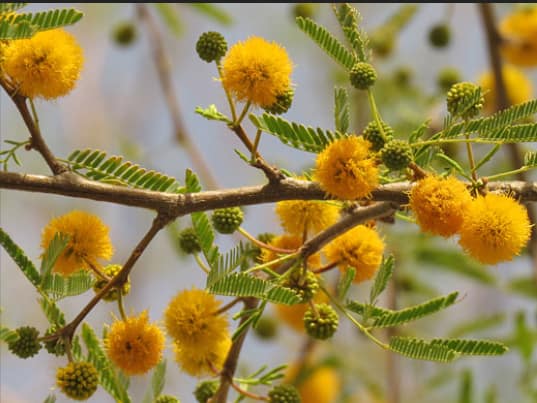
Acacia farnesiana (also called Vachellia farnesiana or sweet acacia)(BABOOL) Acacia farnesiana, also called sweet acacia or Babool, is a fragrant thorny shrub with year-round greenery in warm climates. Its flowers are used in perfumes, and the plant produces farnesol, a compound essential for creating fats in both plants and animals. Notably, its seeds are safe for consumption.
Acacia farnesiana

Acacia penninervis (Mountain hickory wattle)
Acacia penninervis or mountain hickory wattle, is native to Australia. Historically, Aboriginal communities used its bark and leaves to stun fish — a technique that relied more on taste and texture than toxicity.
Acacia penninervis

Astragalus membranaceus (also called Astragalus propinquus or Mongolian milkvetch)
Astragalus membranaceus, also known as Mongolian milkvetch, is a staple in traditional Mongolian and Chinese medicine. Its roots are packed with beneficial sugars and plant chemicals. One of its extracts, TA-65, is believed to support DNA health by influencing telomeres — the protective ends of chromosomes.
Astragalus membranaceus
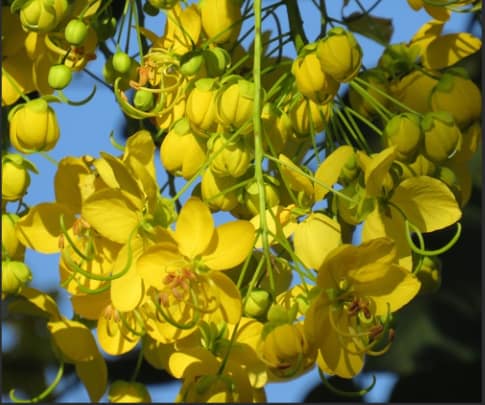
Cassia abbreviata

Cassia javanica (Java cassia or pink shower tree)
Cassia javanica, commonly called the pink shower tree, features bright blossoms and is traditionally used to treat constipation and stomach issues. Its leaves may have antiviral properties, especially against herpes, and its bark is studied for potential anti-diabetic effects.
Cassia javanica
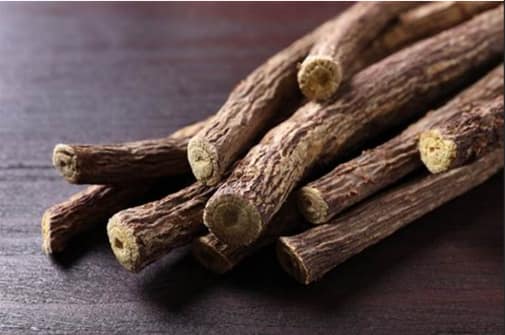
Glycyrrhiza glabra (Licorice)
Glycyrrhiza glabra, or licorice, is widely known for its sweet root, thanks to the presence of glycyrrhizin — a compound sweeter than sugar. Apart from its culinary use, the root has plant estrogens with mild hormonal effects, making it useful in traditional and modern herbal treatments.
Glycyrrhiza glabra (Licorice)

Griffonia simplicifolia
The seeds of Griffonia simplicifolia are rich in 5-HTP, a precursor to serotonin, which plays a role in mood regulation. Often used as a natural supplement for depression and appetite control, the plant is also involved in innovative applications such as spider silk production due to its unique chemical makeup.
Griffonia simplicifolia
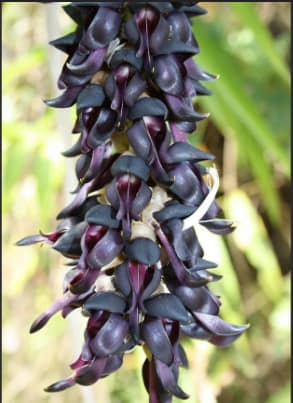
Mucuna pruriens (Velvet bean)
Mucuna pruriens, known as the velvet bean, is a notable source of L-DOPA — a key compound in the treatment of Parkinson’s disease. Though effective, caution is needed due to the potential breakdown of L-DOPA into harmful byproducts. The plant also has historical use in treating snakebites.
Mucuna pruriens (Velvet bean)
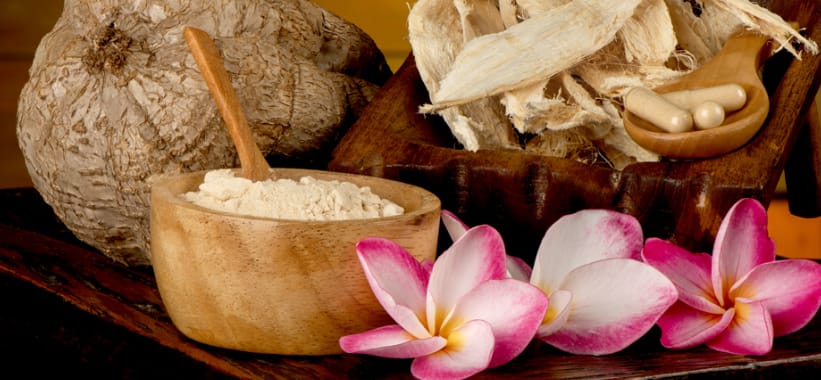
Pueraria mirifica
In Southeast Asian medicine, Pueraria mirifica is celebrated for its phytoestrogens — plant-based compounds that mimic estrogen in the body. It is often used in herbal remedies aimed at hormonal balance.
Pueraria mirifica
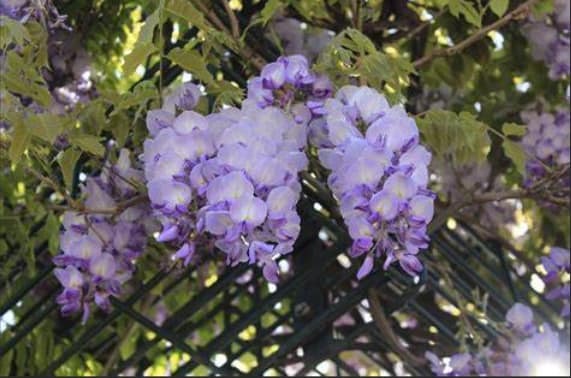
Pueraria tuberosa (Kudzu)
Kudzu contains plant chemicals that may act like antioxidants. It is used in traditional Chinese medicine, though modern science hasn’t proven strong benefits for humans yet
Pueraria tuberosa (Kudzu)
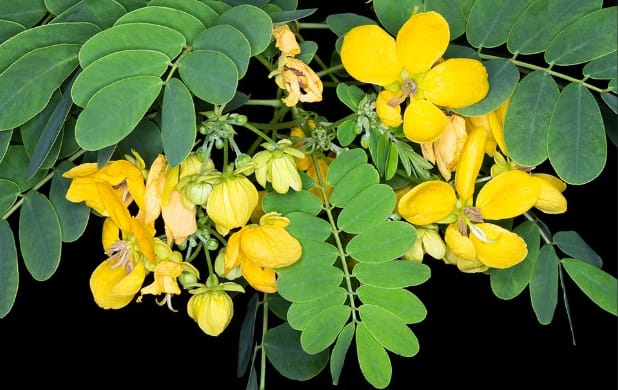
Senna alexandrina
Senna alexandrina is perhaps one of the most well-known natural laxatives. It is commonly found in modern herbal formulations for constipation. Its senna glycosides stimulate bowel movements, and it also shows antifungal activity. However, caution is advised with infants, as accidental ingestion can cause skin irritation.
Together, these plants from the Fabaceae family reflect the deep wisdom of traditional herbal medicine, supported by modern scientific research. Their therapeutic value highlights nature’s remarkable pharmacy and the continued relevance of plant-based healing in today’s world.
Senna alexandrina



